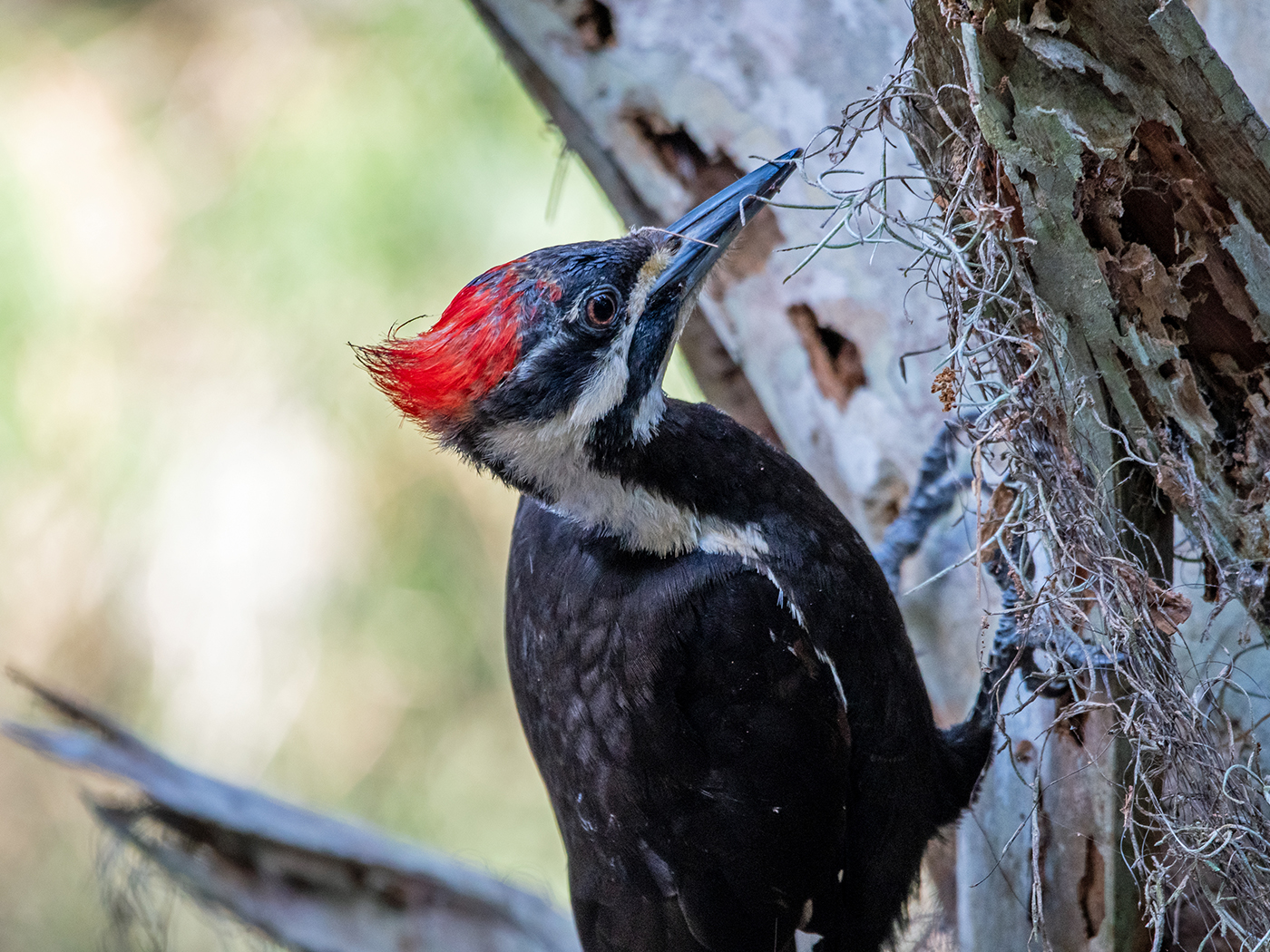The long-held belief that dinosaurs once ruled the earth because of their evolutionary superiority is undergoing some modification. The standard story holds that in an earlier era of earth’s billions-of-years history, “…a new, more highly developed reptile evolved—the dinosaurs,”1 who thrived because they were more fit than their supposed reptilian cousins. However, researchers from the American Museum of Natural History have become convinced that the dinosaurs’ “long reign on Earth may have had more to do with lady luck than with superiority.”2
Their study, which appears in the journal Science,3 analyzed a variety of dinosaur bone structures and compared them to crocodilian features. They found that the crocodilians, a few species of which still survive today, were “even more successful than dinosaurs, the latter of which may have survived major extinctions due to sheer luck.”2 World-renowned plant geneticist Dr. John Sanford proposed in 2005 that nature does not always select the fittest. Often, it is not “survival of the fittest” but “survival of the luckiest”: “Being hit by a truck or killed in a war has little to do with a person’s genetic ‘fitness.’”4
What the fossil record clearly shows is that a great many creatures of all kinds (though mostly marine invertebrates) were definitely unlucky when they were flooded, buried, and fossilized. As creation scientists have maintained for decades, and secular scientists later came to agree, fossils do not form gradually but are instead the result of a catastrophic watery burial.5 Now researchers are questioning another evolutionary mainstay: that fitness was the reason that dinosaurs enjoyed an age of dominance.
Perhaps researchers will eventually catch up with creation thinking again and doubt that there even was a “dinosaur age.” Just because these creatures were buried together does not mean they dominated the earth. The fossil record presents a much more complex picture. For example, at Dinosaur National Monument “clams, snails, and dismembered dinosaurs within the same deposit demonstrate a watery catastrophe.”6 When the fossil evidence is examined as a whole, sediment sorting during the global Flood of Noah6 is a much more likely explanation than dinosaur dominance.
References
- Saville, D. 1991. The Evolution of the World: A Revolving Picture Book. New York: Hyperion Books for Children.
- Locke, S. F. Was the Dinosaurs’ Long Reign on Earth a Fluke? Scientific American. Posted on www.sciam.com September 11, 2008, accessed September 15, 2008.
- Brusatte, S. L. et al. 2008. Superiority, Competition, and Opportunism in the Evolutionary Radiation of Dinosaurs. Science. 321 (5895): 1485-1488.
- Sanford, J. 2005. Genetic Entropy and the Mystery of the Genome. Lima, NY: Ivan Press, 58.
- Morris, H. M., and J. C. Whitcomb. 1961. The Genesis Flood. Phillipsburg, NJ: Presbyterian and Reformed Publishing Co., 157.
- Austin, S.A., and W. A. Hoesch. 2004. Dinosaur National Monument: Jurassic Park or Jurassic Jumble? Acts & Facts. 34 (4).
* Mr. Thomas is Science Writer.
Article posted on September 18, 2008.






















